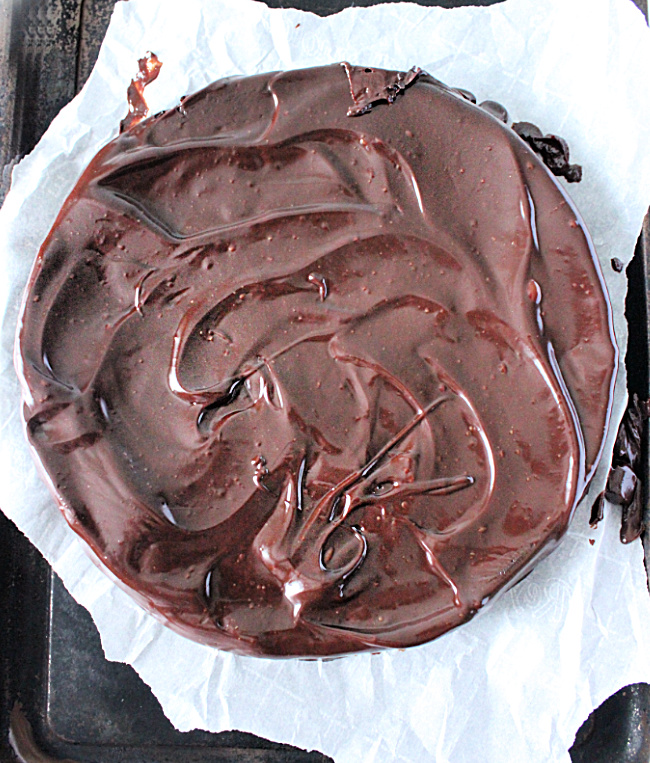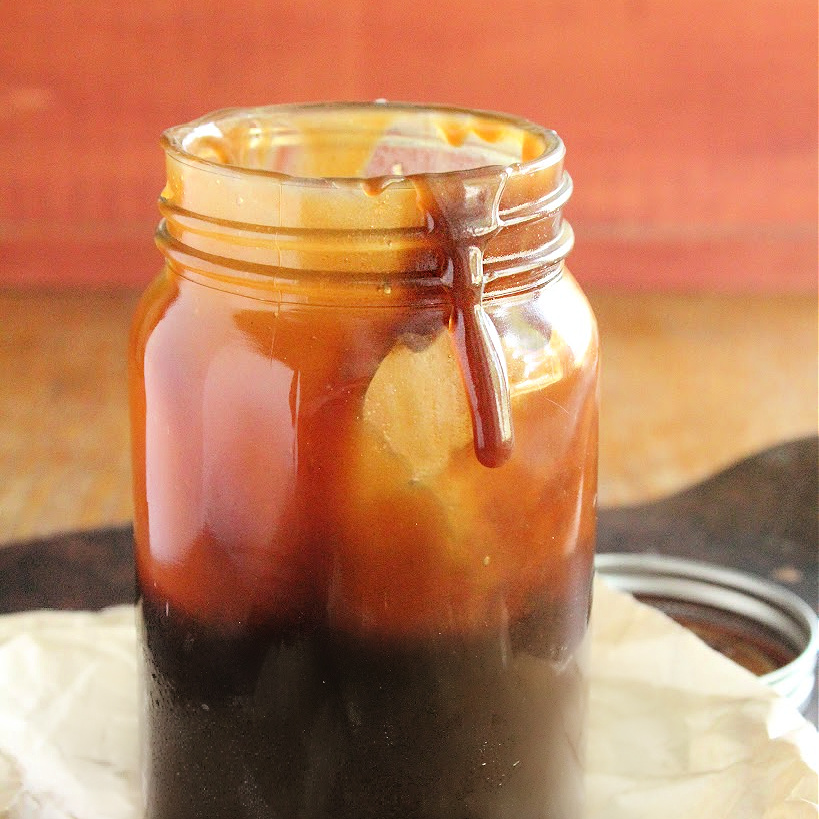14 Foodie Towns in the U.S. That Still Feel Low-Key
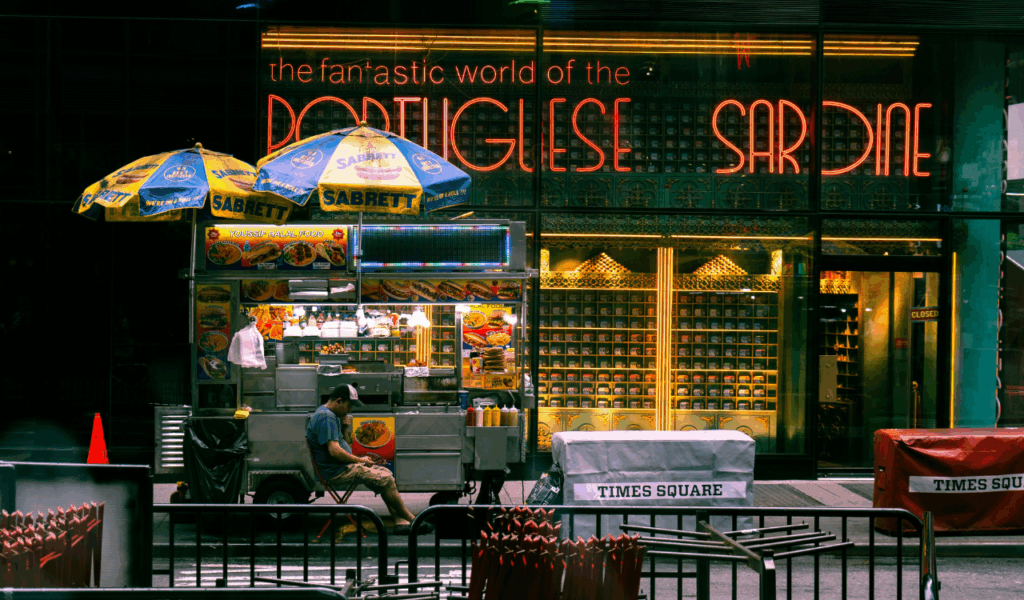
If you go off the usual road, you’ll find villages with great food scenes that aren’t too loud. These 14 culinary communities have real flavors, local pride, creative menus, and friendly people, all without the crowds and hoopla of big cities. Each section below tells you what makes that destination special (restaurants, ingredients, vibe) and why it still feels like a hidden gem.
1. Viroqua, Wisconsin
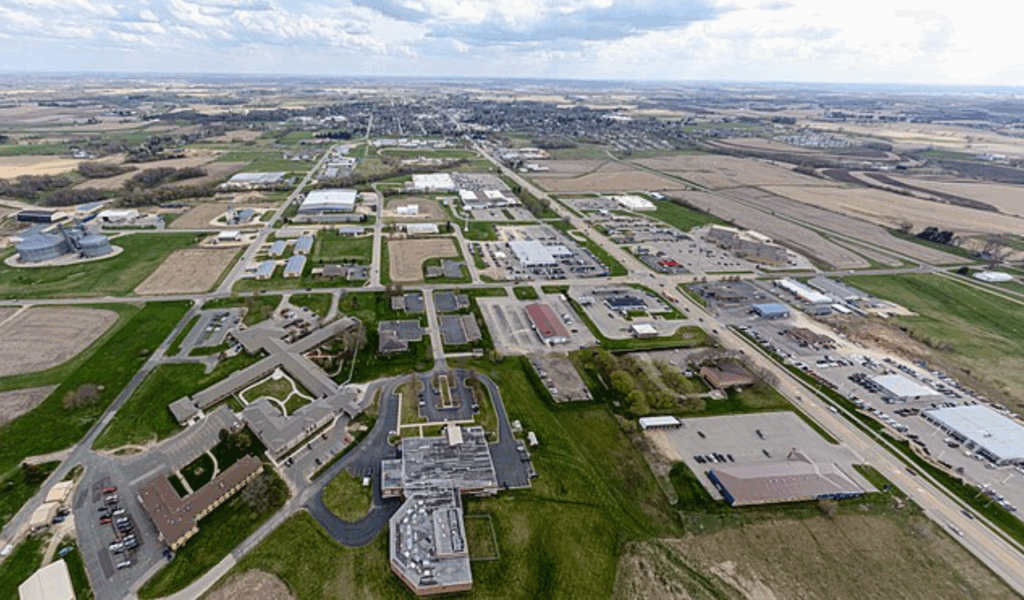
Viroqua is in Wisconsin’s Driftless Region and is part of the farm-to-table lifestyle. There are a lot of organic farms in the neighborhood, which means that the local restaurants can get really fresh products. There are small cafés, whole-food co-ops, and neighborhood restaurants that get their food straight from local farms. The town stays quiet because it’s not on most national tourist routes. This means you can enjoy the whole experience without having to wait in large lines.
2. Hood River, Oregon
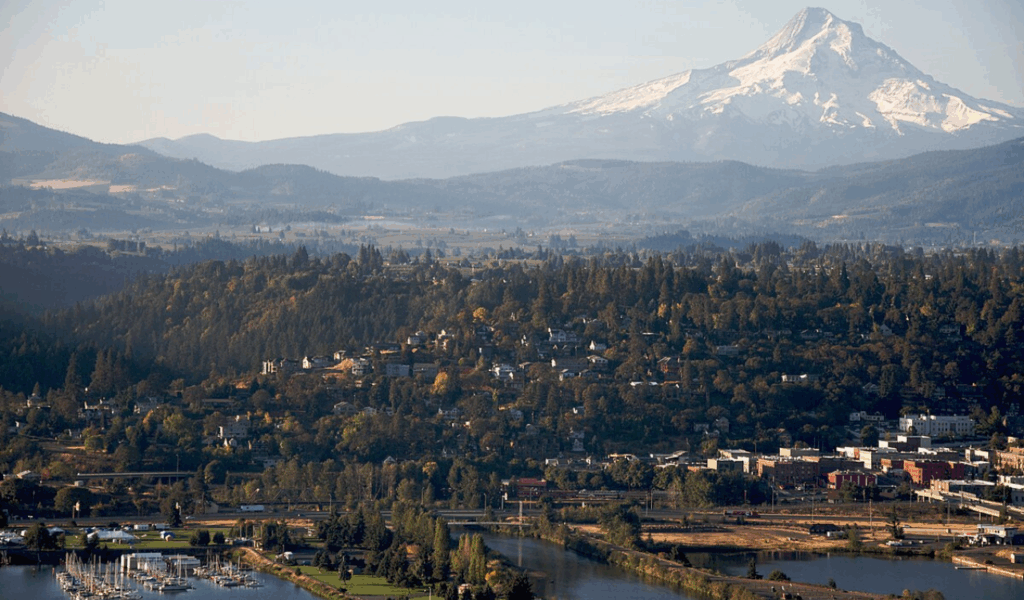
Hood River offers more than simply windsurfing and beautiful views along the Columbia River Gorge. It is also home to a group of artisanal food makers. There are a lot of great restaurants in the area because to the many local brewers, cideries, fruit orchards, and farmstands. Chefs use fresh fruits and vegetables, traditional cooking methods, and local ingredients. The food scene doesn’t need national attention because it’s tiny and focuses on the outdoors, but food enthusiasts know.
3. Oxford, Mississippi
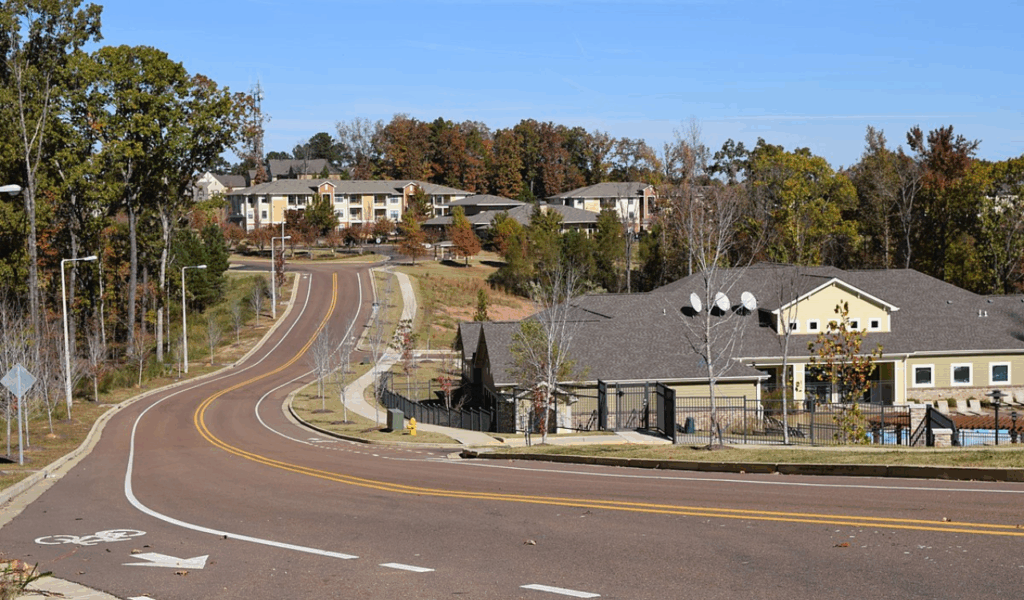
In this college town in the South, inventive chefs are using heirloom veggies, house-cured meats, and local grains to make enhanced catfish. The food community is behind pop-up dinners, farmers’ markets, chef collaboration nights, and cooking with fresh ingredients. Oxford is well-known in literary and intellectual circles, but many people don’t know that it’s also a great place to eat. It has a mix of Southern origins with a modern twist in a calm setting.
4. Traverse City, Michigan

This community in Texas Hill Country has a blend of German immigration history and modern cooking style. There are wineries, craft breweries, and new takes on familiar meals all in the mix. Food & Wine called it one of the best little U.S. cities for food and wine. People typically combine food with wine tours or drives through the countryside, which makes eating part of a slower pace of travel. The atmosphere is laid-back, and you’re more likely to talk to your server than wait in line.
5. Fredericksburg, Texas
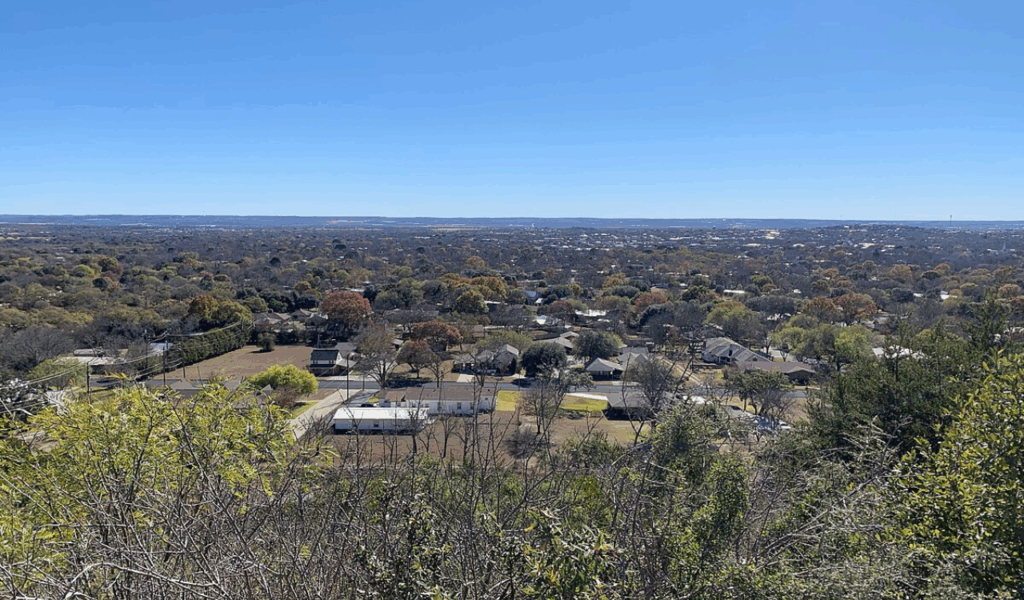
This community in the Texas Hill Country has a combination of German immigrant culture and modern cooking styles. There are wineries, craft breweries, and new takes on familiar meals all in the mix. Food & Wine called it one of the best little U.S. cities for food and wine. People who visit typically combine eating with wine tours or drives through the countryside, which slows down their travel. You won’t have to wait in a long queue because the atmosphere is relaxed and you may talk to your server.
6. Covington, Kentucky
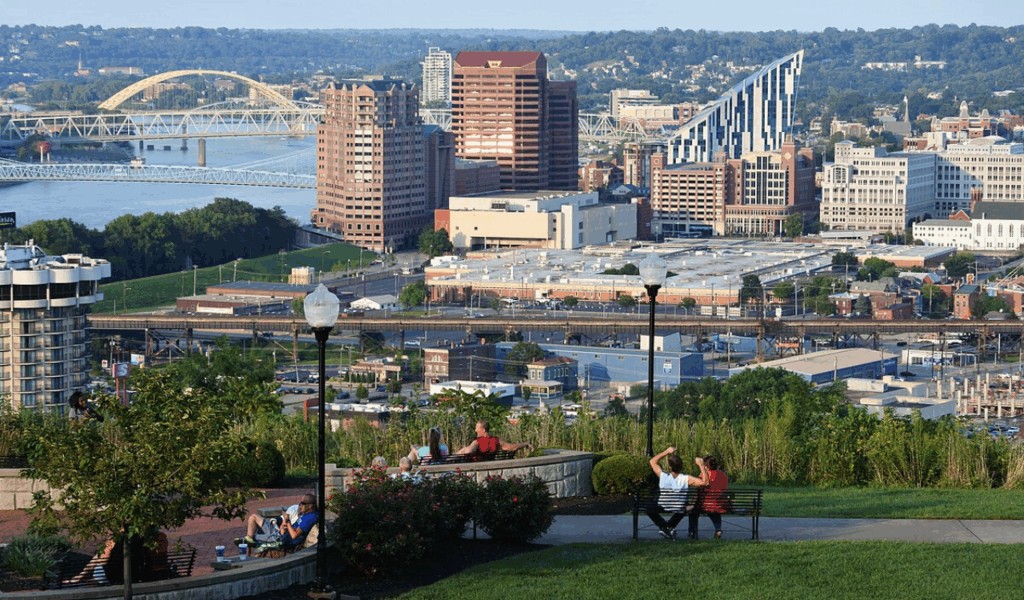
Covington, which is just over the river from Cincinnati, has food from both the South and the Midwest. The dining scene combines Appalachian and German traditions with modern, ambitious local businesses. Food & Wine has it on its list of small foodie cities in the U.S. Covington doesn’t get as much attention as Cincinnati, but it’s full of tasty surprises for people who live there.
7. Asheville, North Carolina
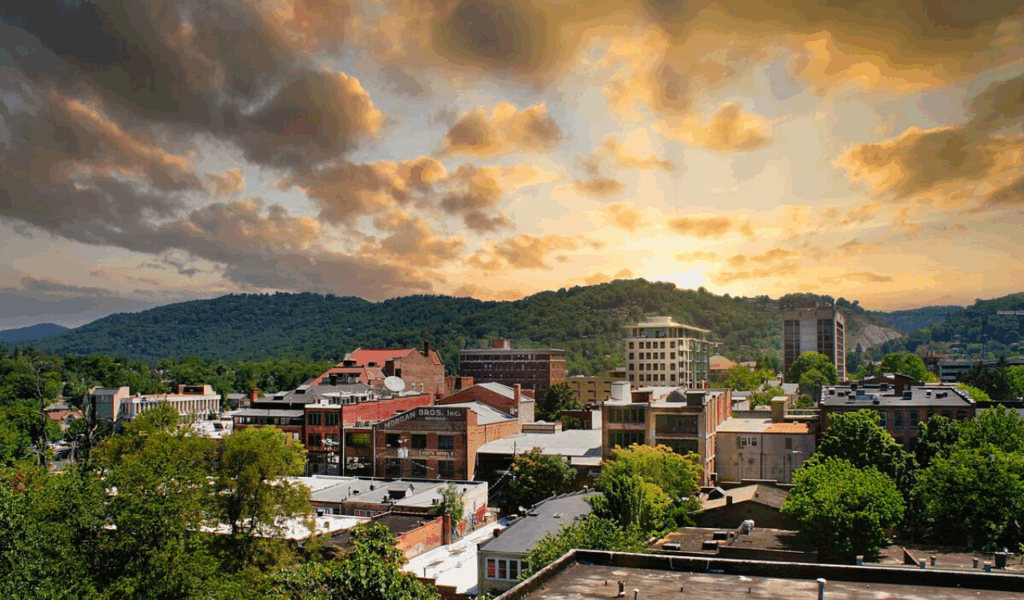
Asheville is still a laid-back place to visit because it is a mountain town, even though it is well known as a gastronomic destination. Chefs lean on Appalachian foods, wild mushrooms, heirloom beans, and regional heritage. It is featured in Food & Wine’s list of foods from small towns. Even though more and more people are going there, the town’s layout, green environs, and focus on community make it feel less like a high-pressure food hotspot.
8. Healdsburg, California

Healdsburg is in Northern California’s wine area and has both elegant vineyards and quietly ambitious eateries. Creative cuisines are made with locally farmed fruits and vegetables, wines, and craftspeople. Food & Wine includes it among minor U.S. culinary cities. The food industry thinks of it as polished but not too exposed because it’s smaller and serves as a center instead of a huge city. This makes it perfect for slow, sumptuous meals.
9. Bozeman, Montana
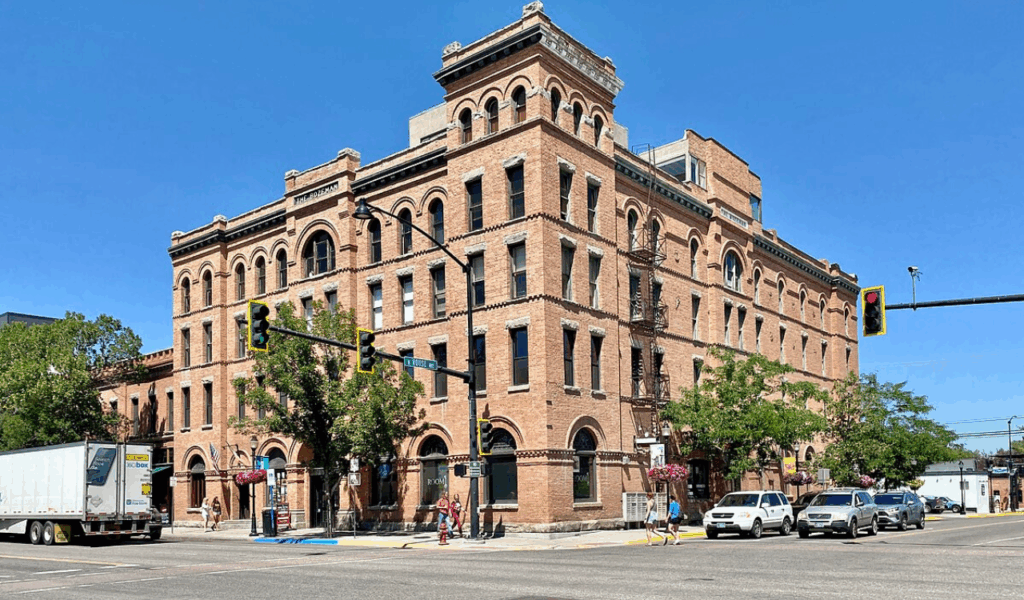
This mountain hamlet has a mix of ranching traditions and modern gastronomic culture. Restaurants that blend rustic and refined use local beef, trout, wild foraged ingredients, and seasonal produce. Not every food lover knows about Bozeman, which is good because it keeps the dining scene a little less busy. It’s new, but it still feels like a frontier kitchen where you can relax.
10. Burlington, Vermont
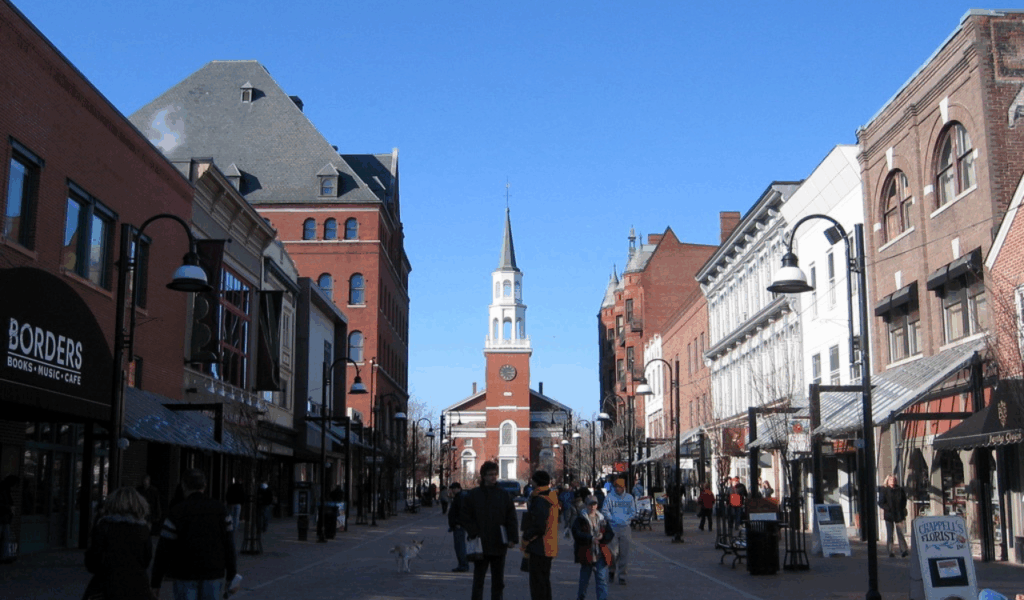
Burlington’s food scene is fuelled by adjacent farms, local dairy, and a culture of sustainability. The city is located on Lake Champlain. Restaurants acquire ideas from all over the world, but they always use local foods like cheese, veggies, and grains as their base. Food & Wine puts it on their list of small U.S. cities. It has a lot of excitement because it’s a college town, yet it never feels too crowded. Eating here makes you feel like you’re part of a community.
11. Bentonville, Arkansas

Bentonville is more recognized for its growing museums, but it’s also quietly becoming regarded as a gourmet town. Chefs are trying out meats from local farms, Arkansas greens, heritage grains, and unique ways to plate food. Many people are surprised by the food scene in the town because it is still more known for its art and scenery. The upshot is a wonderful tension—high-end dining dreams in a relaxed setting.
12. Truckee / Tahoe, California (North Lake Tahoe area)
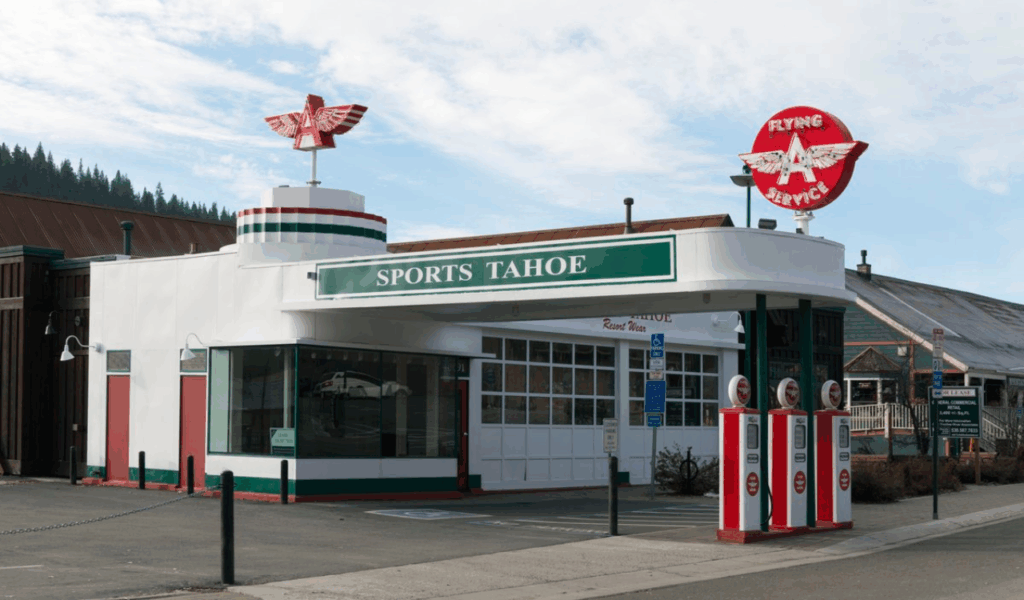
These mountain nodes bring together the warmth of a ski town with the drive to cook. Local trout, wild mushrooms, alpine herbs, and fruits and vegetables from the area are all used in high-end dishes. Tourists come here for outdoor fun, so the restaurant scene is still a nice surprise instead of a big attraction. The seasonal population makes things more lively without taking away from the area’s low-key appeal.
13. Lockhart, Texas
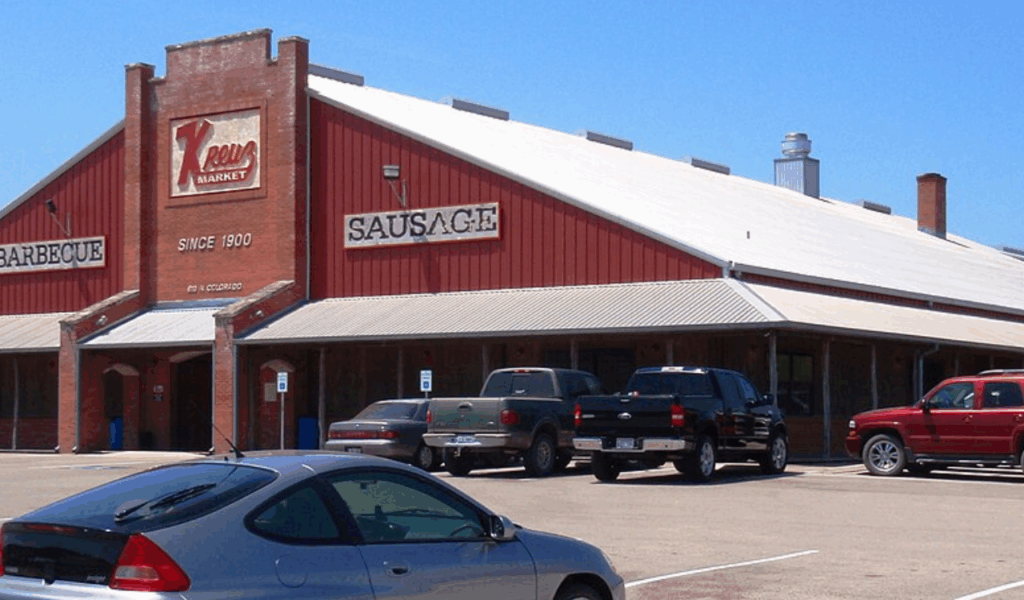
Lockhart is known as the “Barbecue Capital of Texas” because it has real, deep, smokey barbecue in a small-town atmosphere. Recently, it was voted one of the greatest small places to go to for eating. There are coals, fatty ribs, and sliced brisket, but no frills—just real barbecue culture. Lockhart feels real and tranquil because it isn’t as well-known as other big Texas cities.
14. Gordonsville, Virginia
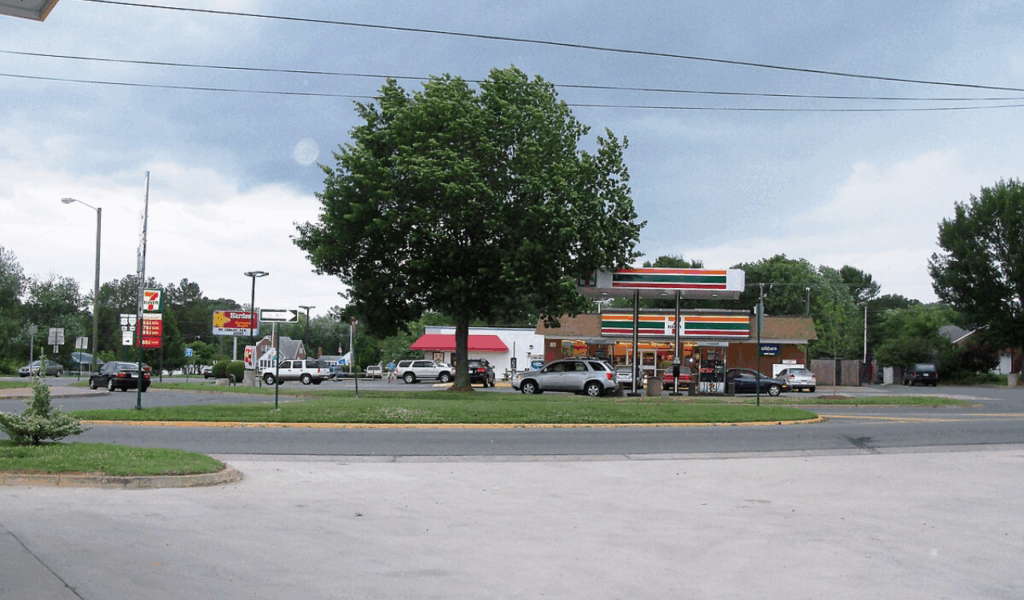
People call this little village the “Fried Chicken Capital of the Universe.” Its identity is deeply rooted in gastronomic memories, starting with food sellers that served train commuters. There aren’t any Michelin-starred restaurants, but the food is full of flavor, history, and local pride. The peaceful streets and well-preserved town center of Gordonsville let the food shine without any distractions.

